Culturally responsive pedagogies
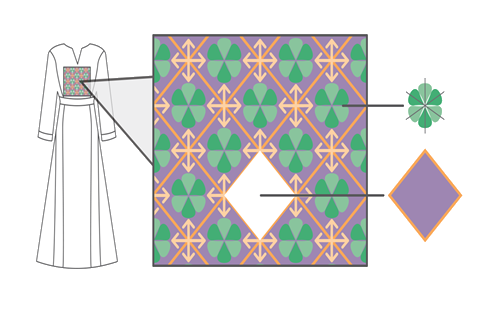
Geometric designs in Islamic art are often built on combinations of repeated shapes, which may be combined to form complex patterns, including a wide variety of tessellations.
Overview
Each student brings to the classroom a unique background as an individual learner. Celebrating the cultural diversity of all class members can help students feel included, welcomed, safe and supported.
Culturally responsive pedagogy incorporates learners’ cultural backgrounds and histories into classroom practice. This approach to teaching and learning uses ‘the cultural characteristics, experiences, and perspectives of ethnically diverse students as conduits for teaching them more effectively’ (Gay, 2002, p. 106).
Teachers can embed culturally responsive approaches in mathematics pedagogy by using relevant teaching strategies and customising experiences based around culturally relevant content. Areas and activities to connect mathematics and culture could include the following.
- Explore counting systems from a range of cultures and different ways of representing these groupings to form and partition numbers.
- Present instructive games for learning used by different cultures.
- Use First Nations Australians' material, culture, cultural stories or dance to recognise and create pattern sequences.
- Explore durations of time represented in First Nations Australians’ seasonal calendars and calendars of other cultures.
- Identify and locate on a calendar specific days or dates that have cultural significance.
- Compare currencies of different countries and discuss trading and bartering as forms of economy, for example, First Nations Australians’ trading among nations.
- Explore explanations of the passing of time through cultural accounts about cyclic phenomena involving the sun, moon and stars.
- Conduct statistical investigations using secondary data of cultural importance.
- Explore traditional weaving designs practised by First Nations Australians and other cultures.
- Customise maths experiences that localise content, for example, where First Nations Australians use ochre to make paint as part of body decorations. Model situations involving ratio, incorporating cultural knowledge of ratios of ingredients to make ochre-based paint.
Mathematics is not an exclusive western construct. Therefore, it is important that teachers acknowledge and demonstrate the mathematics to be found in all cultures. In the Australian Curriculum, links to First Nations Australians’ culture and histories and those from Asia are of particular relevance.
Pedagogies relevant to First Nations Australians' histories and cultures
The Goompi model and the 8 Ways maths model are two sets of strategies that draw on diverse pedagogies used to facilitate learning. Schools should collaborate with local communities to identify any other local pedagogical approaches and initiate localised culturally responsive content, tailoring them to suit their particular community. When respectful, two-way partnerships inform mathematics teaching and learning, as well as learning about culturally responsive content First Nations students are able to see their histories, cultures and identities reflected.
The teacher:
- is aware of the cultural diversity in the classroom and recognises this cultural difference as a strength
- connects learning to the lives of students, demonstrating the value of students’ home cultures and languages
- sources relevant resources and adapts lessons to support the diversity of learners in the classroom.
The students:
- feel their cultural history is acknowledged and valued within the school
- can voice their cultural connections to mathematics
- understand the connections between their culture and mathematics.
Examples of the strategy in action
Culturally Responsive Pedagogies
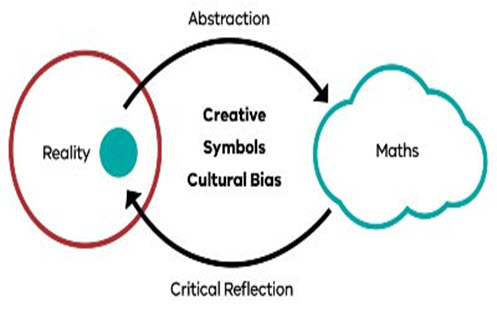
The Goompi model is a way to connect culture and mathematics.

The 8 Ways model is a framework for incorporating First Nations Australians' culture into the teaching of mathematics.
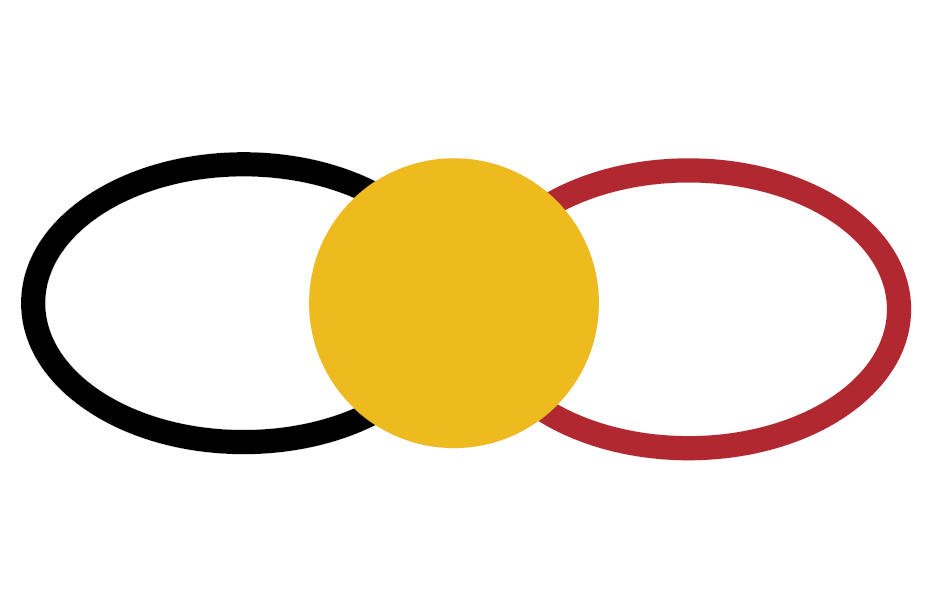
To implement culturally responsive curriculum and culturally responsive pedagogy, a Third Cultural Space needs to be created. Within the Third Cultural Space, teaching assistants and teachers can view curriculum and pedagogy through a different cultural lens. The Third Cultural Space can also be used as a CRP. Mathematics content can be more culturally responsive if it’s taught using Indigenous Knowledges. This guide was developed by Stronger Smarter Institute (SSI).

Indigenous Knowledges shared through interconnected themes
Explore an interconnected theme which incorporates video of an Indigenous Knowledge holder or custodian, sharing their IK on Country. Supporting resources enable teachers to utilise these examples by working collaboratively with their Indigenous teacher assistants and their local Indigenous community to localise perspectives for place-based mathematics.
These resources, developed by Stronger Smarter Institute (SSI), are intended to inspire teachers of mathematics to see the connections between mathematics and First Nations peoples' histories and cultures.
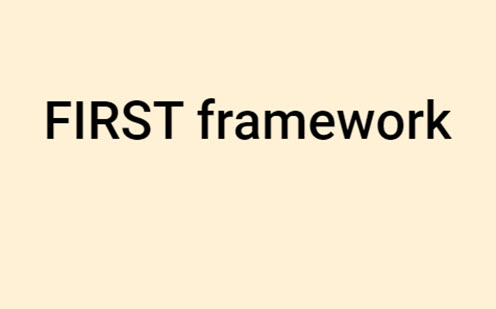
It is suggested that teachers create a local version of an activity in resources such as lesson plans. Find out about past and present relationships with First Nations Peoples in your local community and how you can build upon these relationships to deliver rich learning experiences relevant to the local area.
The FIRST framework guide is designed to assist teachers and schools to engage with their local First Nations communities.
Lesson plans

Yuendumu leaf game: introduction
In this first of three lessons, students in Foundation year investigate the concept of Yuendumu leaf games and stories and become familiar with how they can be used for addition, subtraction, quantification, counting and subitising.
This lesson was developed in collaboration with Caty Morris and Aboriginal and Torres Strait Islander Mathematics Alliance (ATSIMA). The original concept of the Yuendumu leaf game was developed by Kumanjayi Nangala. Permission has kindly been granted for use in this resource.
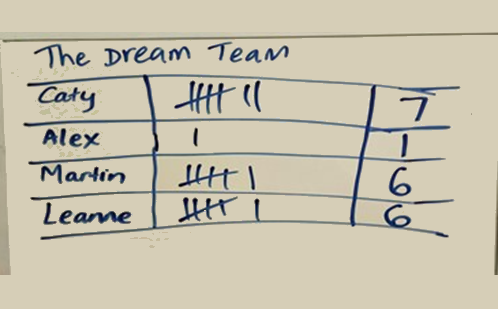
Recording data in a game of Kolap: Part 1
In this first of two lessons, students in Year 1 investigate and play a First Nations Australian children’s instructive game of throwing skill called Kolap. They collect and represent data, and discuss their findings. This lesson was developed in collaboration with Caty Morris and Aboriginal and Torres Strait Islander Mathematics Alliance (ATSIMA).
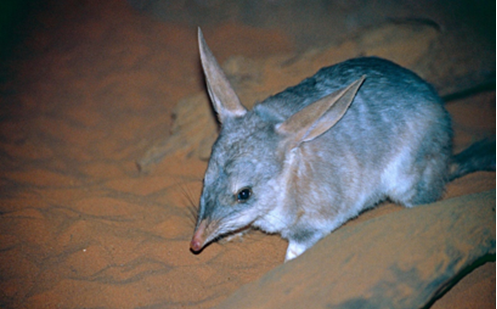
Where’s the mankarr? Video observation data: Part 1
In this first of two lessons, students in Years 4-5 investigate data from animal observations recorded by a video camera. Students take on the role of ‘researchers’ and use secondary data about an endangered Australian marsupial. This lesson was developed in collaboration with Caty Morris and Aboriginal and Torres Strait Islander Mathematics Alliance (ATSIMA). ESA would like to acknowledge the Kanyirninpa Judurrpa and Martu peoples as developers of the source material used in the creation of this lesson.
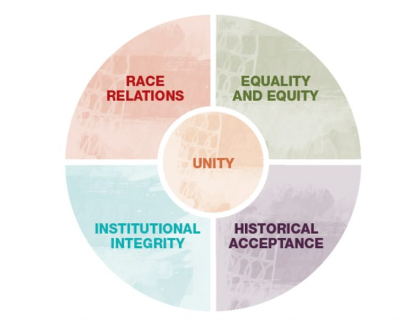
In this lesson, students in Year 9 explore the notion of reconciliation in Australia analysing a report – Reconciliation Australia’s Australian Reconciliation Barometer to answer an inquiry question for their statistical investigation. This lesson was developed in collaboration with Caty Morris and Aboriginal and Torres Strait Islander Mathematics Alliance (ATSIMA).
Intercultural understandings

Building a culturally responsive Australian teaching workforce
This toolkit developed by AITSL, provides resources to support the intercultural development of teachers to enhance their culturally responsive teaching practice.
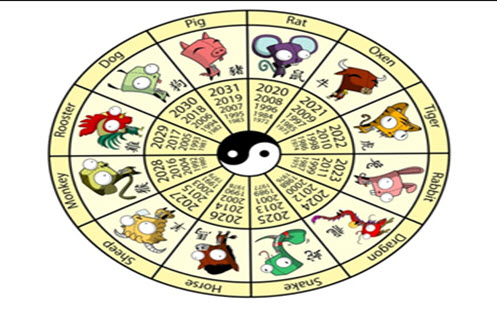
This learning sequence provides ideas and classroom resources to extend students' familiarity with calendars: their structure, format, inherent patterns and uses. This resource covers elements of the general capability intercultural understanding.

View the eight games and choose those of interest to your students.